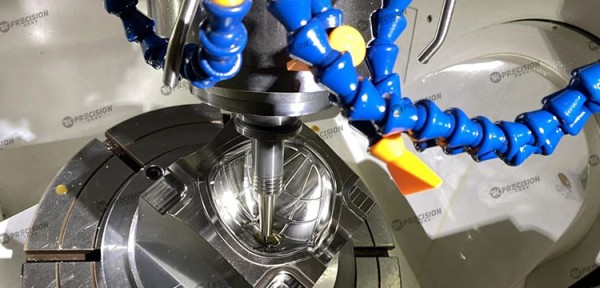
The process of developing a product involves various stages, including design, prototyping, testing, and refining, all of which ultimately aim to meet the needs of the target audience. To ensure a successful product launch, it is crucial for companies to recognize the benefits of rapid prototyping, as it can significantly streamline the entire development process. Rapid prototyping enables the speedy creation of physical or digital product models for testing and improvement purposes. By implementing this approach, companies can not only reduce time-to-market but also mitigate potential errors and flaws. Additionally, rapid prototyping allows businesses to conduct realistic testing before investing in costly manufacturing processes.

Through the creation of a prototype, businesses can gather valuable input from potential customers, address any design flaws, and ultimately improve the end product before it reaches mass production. This process not only saves time and expenses, but also guarantees that the final product will meet the needs and expectations of its intended audience. Furthermore, rapid prototyping permits companies to quickly iterate and modify the design based on customer feedback by utilizing agile development methodologies. With this approach, companies can produce multiple iterations of a product in a short span of time, enabling them to refine and enhance the product until it is ready for production. In addition to enhancing the overall quality of the final product, rapid prototyping aids in identifying potential issues early on in the development stage.
Through the various tests of materials, manufacturing methods, and design choices, companies can uncover any potential challenges in production, supply chain operations, and other areas that may impact the end product. Early detection of these issues allows for adjustments to be made to the product design or manufacturing process in order to mitigate any potential complications. As an integral aspect of product development, rapid prototyping offers numerous benefits. It enables companies to swiftly produce and evaluate multiple versions of a product, gather valuable customer feedback, and implement necessary modifications before investing significant resources into manufacturing. This not only streamlines the process and reduces costs but also guarantees that the final product meets the desired requirements and expectations of the target market.
Rapid prototyping definition
The definition of rapid prototyping is important before diving into its numerous advantages and applications. Through rapid prototyping China, a variety of techniques are used to fabricate a 3D scale model of a physical assembly or part in a short period of time. 3D printing is a natural and complementary technique because it does not require tooling and allows almost unlimited freedom in form.
Advantages of rapid prototyping
Engineer, design, and development teams benefit from rapid prototyping in the following ways:
1. This efficiency allows teams to move beyond simply visualizing a product, allowing them to grasp its properties and design more easily.
2. This iterative process provides a roadmap to developing and refining a product by incorporating repeated designs and changes.
3. The ability to communicate concepts concisely and effectively using rapid prototyping. Rapid prototyping enables clients, colleagues, and collaborators to see ideas, images, and concepts in action.
4. With a small volume rapid prototype run, it is possible to eliminate costly design flaws that might not be apparent during an early assessment.
5. Using the same equipment to produce prototypes with different properties and materials saves time and money, since setup and tooling aren’t required.

Here is how it works:
As the name suggests, CNC machining refers to the removal of plastic or aluminium material from a work piece, usually a large sheet of plastic. A subtraction prototype method is used. We have milling machines with three, four, and five axes, CNC turning machinery, and multitasking lathes.
Finishing and material:
You can choose from a wide range of plastic materials, such as ABS, POM, PP, PA+fiberglass, PA, transparent materials such as PMMA, PC, hard foam, or Renshape.
Materials like stainless steel 306, brass, and aluminum 6061 T are frequently chosen for high performance products. Aluminium can be anodized by our subsupplier. The Turbomachinery Machining service page.

Media Contact
Company Name: Tik Precision Manufacturing Co.,Limited
Email: Send Email
City: Kowloon
Country: HongKong
Website: www.tikprecision.com
